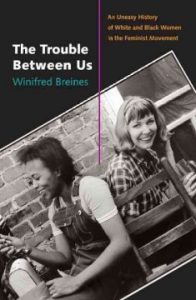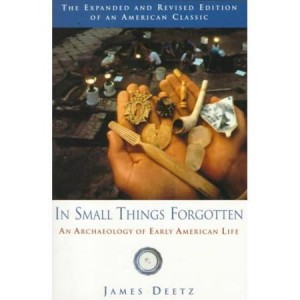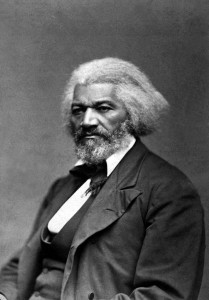
On Jan. 15, 1919, a tank of molasses stored in Boston’s North End, ruptured, sending a cascading wave of the thick, sugary syrup down the streets. This “Great Molasses Flood” killed 21 people, numerous animals, and injured 150.

The tank was built to be a holding vessel for molasses until it could be transported to a nearby distillery, where it was converted into industrial alcohol for World War I munitions. Because the war was over, it was expected that the molasses would be shipped on to a distillery to produce rum. As historian of the event Stephen Puleo explained in an interview with WBUR, the residents of the area–one of Boston’s busiest economic districts–knew the tank was structurally unsound before it ruptured:
There were signs that the tank was faltering, but the people of the North End had gotten used to its instability.
“There were often comments made by people around the vicinity that this tank would shudder and groan every time it was full, and it leaked from day one,” Puleo said. “It was very customary for children of the North End to go and collect molasses with pails.”
So on the day of the flood, despite leaks and groans, no one anticipated that the tank was about to burst, unleashing a wave of 2.3 million gallons of molasses that would move 35 miles an hour down Commercial Street.
While we don’t have any hard and fast answers as to why the tank failed, a number of theories and facts have come to light. One of the first rumors to be circulated was that an anarchist’s bomb had broke the tank open, but no proof has ever been found to verify that rumor–which, admittedly, was largely fear-based and shows the effects of the First World War on people’s consciousness at the time.
As History.com reports, the tank itself
More recent investigations suggest several fundamental problems with the structure of the tank. Designed to hold 2.5 million gallons of liquid, it measured 50 feet tall and 90 feet in diameter. But its steel walls, which ranged from 0.67 inches at the bottom to 0.31 inches at the top, were too thin to support the weight of a full tank of molasses, found a 2014 analysis by Ronald Mayville, a senior structural engineer in the Massachusetts consulting firm of Simpson, Gumpertz & Heger.
Temperature also had an effect on the tank. A new shipment of molasses had arrived days before, and that liquid was warmer than the air outside. The weight of the molasses as it hardened further strained the walls of the tank. Apparently, when the company received complaints that the tank was leaking, it painted the tank brown to disguise the leaks rather than repair them. As it roiled down the street, the hot molasses congealed, trapping people, cars, trolleys, and everything else in its path.
The force of the wave was enough to buckle and destroy the elevated railway that ran through the North End at the time:

Researchers from the University of Massachusetts Boston recently used ground-penetrating radar to determine the location of the giant molasses tank that caused the Great Molasses Flood of 1919. Today, colored flags marked the site of the tank as city officials and history buffs gathered at Langone Park in the North End to mark the 100th anniversary of the disaster.
Looking to learn more about the Great Molasses Flood of 1919? Check out these books!
Dark Tide: The Great Boston Molasses Flood of 1919: Probably the best known (at least ’round these parts) book about the Great Molasses Flood, reporter Stephen Puleo brings readers into the world of Boston at the time, and makes the smallest details of the date come to live. But, as he also points out, the molasses flood was more than an isolated event. Its story overlays America’s story during a tumultuous decade in our history. Tracing the era from the tank’s construction in 1915 through the multiyear lawsuit that followed the tragedy, Dark Tide uses the drama of the flood to examine the sweeping changes brought about by World War I, Prohibition, the Anarchist movement, the Red Scare, immigration, and the role of big business in society. Puleo is a friend of the Peabody Library, so we love to promote his super-terrific text.
The Great Molasses Flood : Boston, 1919: Written for a younger audience, Deborah Kops’ book places the Molasses Flood in its historical context with fascinating results. She discusses the influenza epidemic that embroiled the city, as well as the recently ended First World War. As she notes, January 1919 was a hopeful time. Schools had reopened. So had the soda fountains, where kids went to buy Cokes. On New Year’s Eve tens of thousands of cheering, singing Bostonians gathered to ring in the new year. They jammed the city’s cafés and hotels and overflowed into the streets. Everyone seemed thrilled that life in this old port city was returning to normal. But the molasses flood would change the mood and focus of the city, and have repercussions that would linger for decades to come.
A Head Full of Ghosts: Paul Tremblay’s book isn’t really about the molasses flood, which should be fairly evident from the book’s description, but it does incorporate it into the plot. Marjorie Barrett, the focus of the book, is a story teller, who understands the power of narrative to shape our ways of thinking. One of the first ways that we learn this is in her rendition of the molasses flood–a horribly visceral telling that names one of the real-life victims of the disaster, and portends the terrible events of the book that will unfold. If you want to talk about the power of history to terrify even today, then don’t miss this pitch-perfect novel!

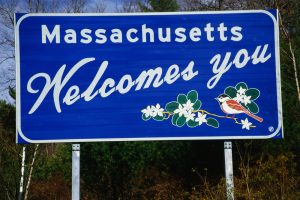







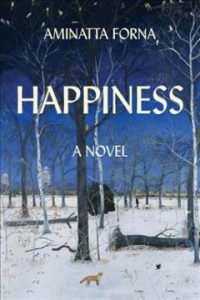
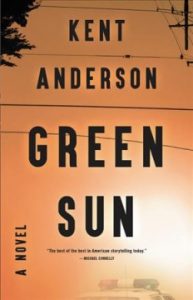
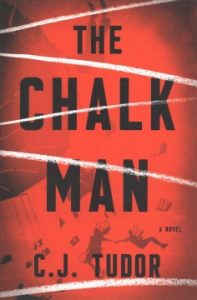
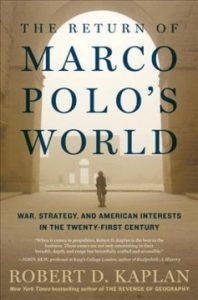
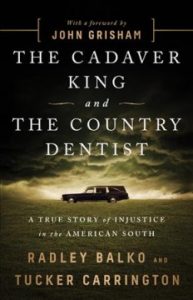
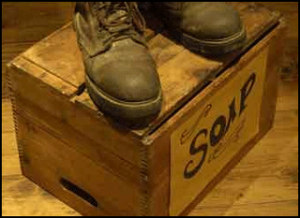

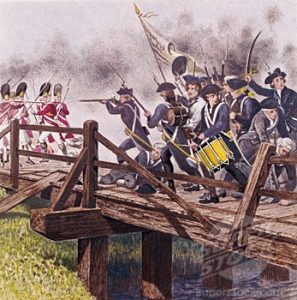
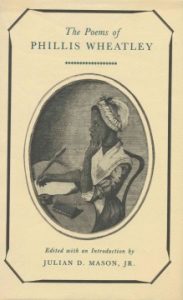
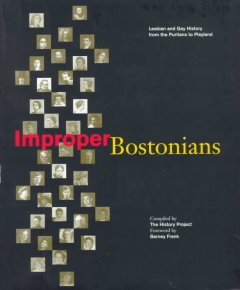 Improper Bostonians : lesbian and gay history from the Puritans to Playland
Improper Bostonians : lesbian and gay history from the Puritans to Playland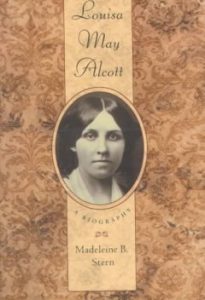 Louisa May Alcott: A Biography
Louisa May Alcott: A Biography